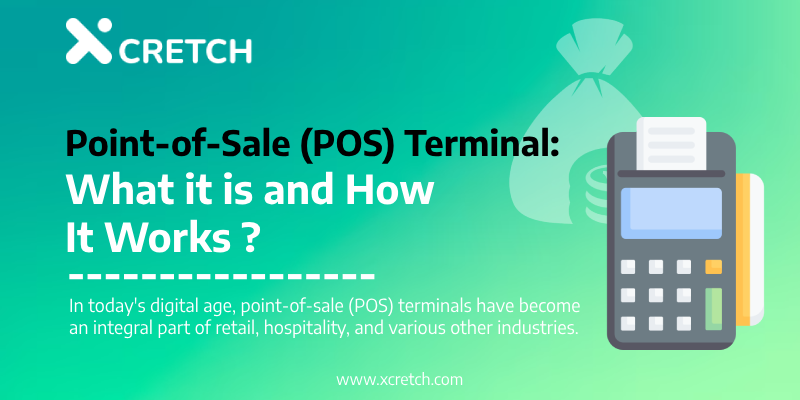In today’s digital age, point-of-sale (POS) terminals have become an integral part of retail, hospitality, and various other industries. These devices streamline transactions, enhance customer experience, and provide valuable insights into business operations. But what exactly is a POS terminal, and how does it work? Let’s delve into the world of POS terminals to understand their functionality and significance.
What is a POS Terminal?
A POS terminal is a hardware device or system that allows businesses to process transactions at the point of sale, where goods or services are purchased. It serves as the interface between the customer and the merchant, facilitating the exchange of payment for goods or services rendered. POS terminals come in various forms, including traditional countertop terminals, mobile devices, and integrated systems.
How Does a POS Terminal Work?
The functionality of a POS terminal can vary depending on the type of system and the specific features it offers. However, the basic process of how a POS terminal works remains relatively consistent across different setups. Here’s a step-by-step overview of how a typical POS terminal operates:
- Item Scanning or Selection: The transaction begins when the customer selects the desired items for purchase. In retail environments, items are typically scanned using a barcode scanner to automatically identify product details and pricing. Alternatively, in hospitality settings, items may be selected manually from a menu on the POS terminal.
- Price Calculation: Once the items are scanned or selected, the POS terminal calculates the total cost of the transaction based on the prices of the items and any applicable taxes or discounts. The total amount due is displayed on the screen for the customer to review.
- Payment Processing: The customer then selects a payment method to complete the transaction. POS terminals support various payment options, including cash, credit cards, debit cards, mobile wallets, and contactless payments. The customer inserts, swipes, or taps their payment card or device, and the POS terminal securely processes the payment transaction in real-time.
- Transaction Authorization: Upon receiving the payment information, the POS terminal communicates with the payment processor or acquiring bank to authorize the transaction. The payment processor verifies the customer’s payment details, checks for available funds or credit limits, and approves or declines the transaction accordingly.
- Printing or Sending Receipts: Once the transaction is authorized, the POS terminal generates a receipt for the customer as proof of purchase. The receipt typically includes details such as the date and time of the transaction, the items purchased, the total amount paid, and any applicable payment details. In addition to printing physical receipts, modern POS terminals may also offer the option to email or text digital receipts to customers.
- Transaction Recording and Reporting: Behind the scenes, the POS terminal records all transaction details and stores them in a centralized database or system. This data can be accessed and analyzed by businesses to track sales, inventory levels, customer preferences, and other key metrics. POS terminals often come with built-in reporting tools that allow merchants to generate comprehensive reports and gain valuable insights into their business performance.
In summary, a POS terminal is a versatile tool that enables businesses to process transactions efficiently and effectively. By streamlining the payment process, providing secure payment options, and capturing valuable transaction data, POS terminals play a crucial role in enhancing customer experience and driving business success in today’s competitive marketplace.




